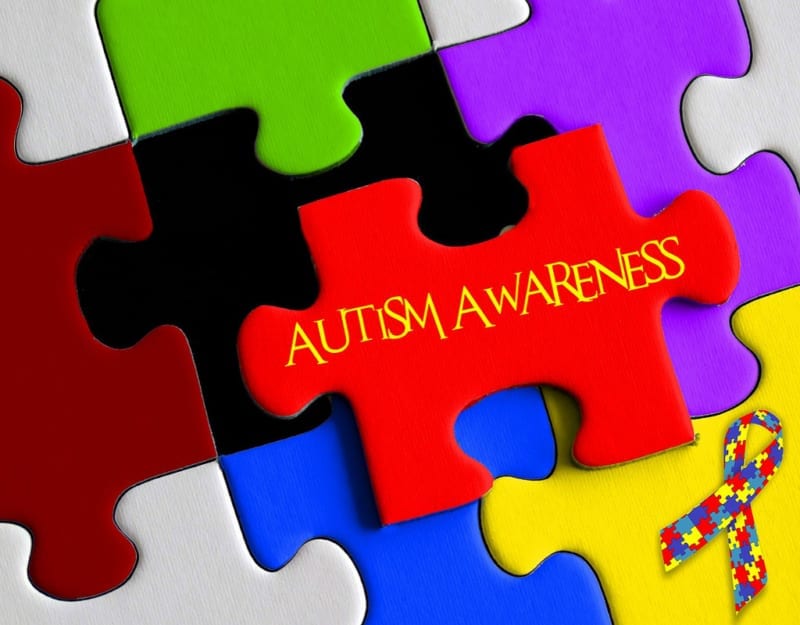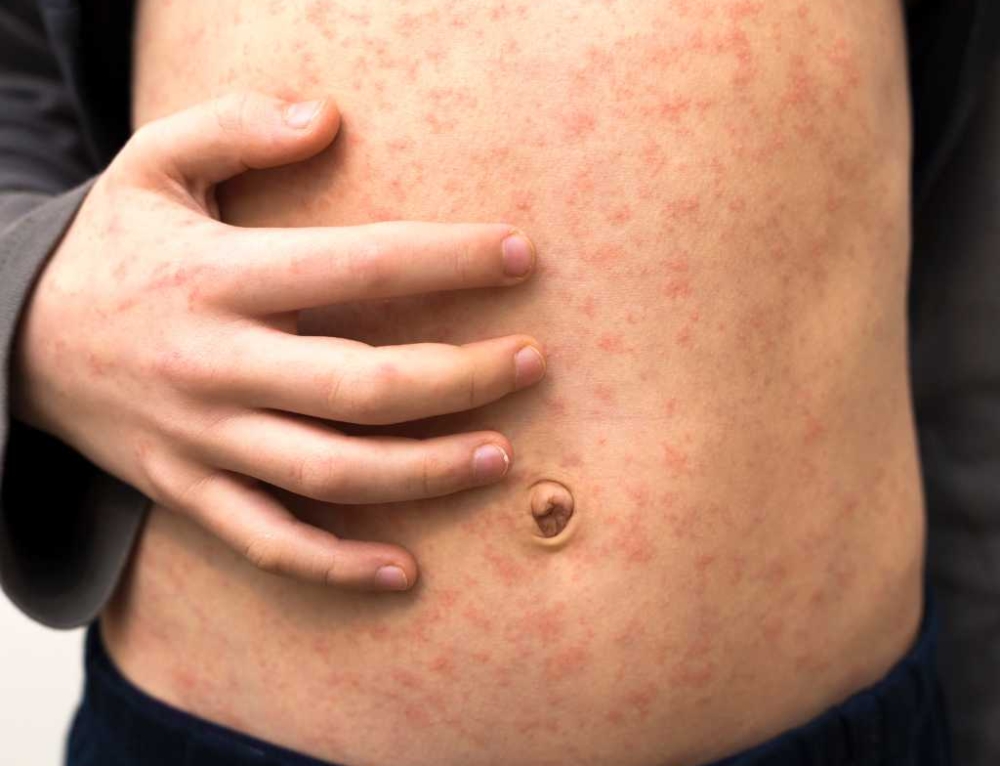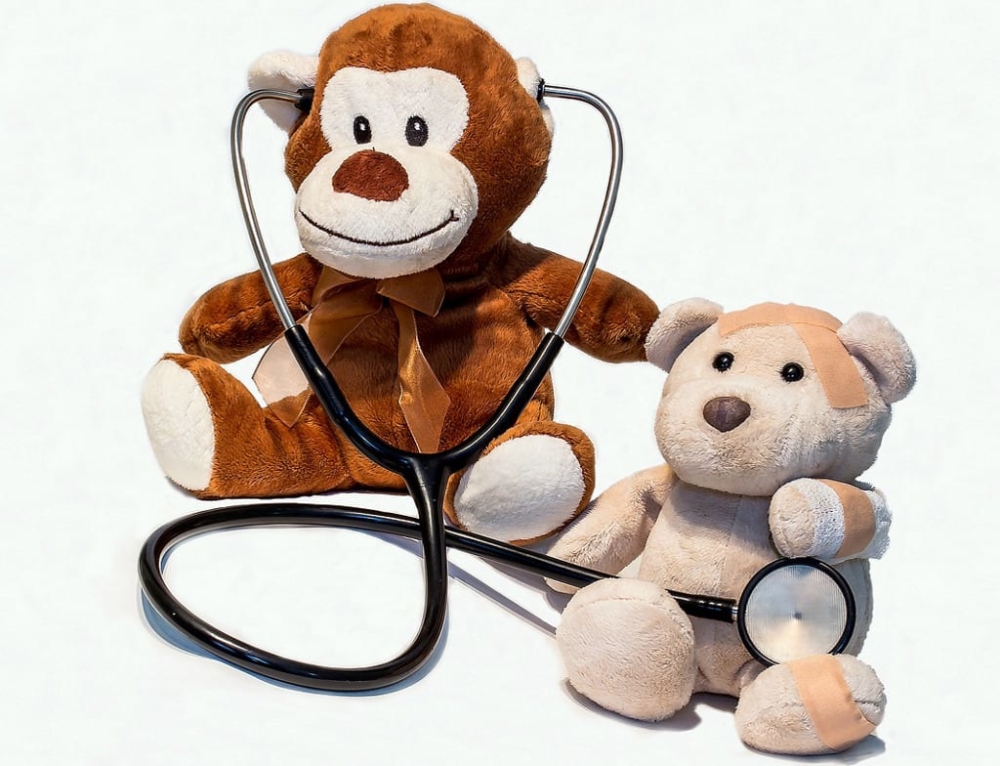Autism is a complex disorder which affects a person’s ability to interact with the world around them. Commonly referred to as autism spectrum disorder (ASD), autism has wide-ranging levels of severity.
What is autism?
This complex neurobiological disorder typically lasts throughout a person’s lifetime and, typically, people with ASD have problems with social and communication skills. Many people with ASD also have unusual ways of learning, paying attention or reacting to sensations. People with autism often have a restricted range of interests, and have repetitive or stereotyped behaviours. A person with autism has difficulties in some areas of their development, but other skills may develop typically.
Autism New Zealand puts the estimated number of people with ASD in New Zealand at 80,000. Information from the Ministry of Health indicates that approximately one in 62 New Zealand children have an autism spectrum disorder (ASD), according to the Annual Update of Key Results 2013//14: New Zealand Health Survey.
ASD describes a group of closely related disorders, which all belong to the same diagnostic category and share the same core symptoms. These disorders include:
Because autism is a ‘spectrum disorder’, there is a wide variation in the way it affects people.
Every individual on the autism spectrum has problems to some degree with:
- social skills
- empathy
- communication
- flexible behaviour
The level of disability and the combination of symptoms varies greatly from person to person. Classic autism, or autistic disorder, is the most severe of the autism spectrum disorder. Milder variants are Asperger’s Syndrome, sometimes called high-functioning autism, and Pervasive Developmental Disorder, or atypical autism. According to the Autism Spectrum Resource Center (USA), only 20 percent of people on the autism spectrum have classic autism. The overwhelming majority fall somewhere on the milder range of the spectrum.
Asperger’s Syndrome
Asperger’s Syndrome and High-functioning Autism (HFA) are both part of the ‘autism spectrum’. The main difference between the two is thought to be in language development: people with Asperger’s Syndrome, typically, will not have delayed language development when younger. You can find an examination of the reasoning behind the existence of the two separate terms here.
Causes of autism
The cause of autism is unknown, but evidence points to physiological causes, such as neurological abnormalities in certain areas of the brain. Autism is less common in girls. On average, four out of every five children diagnosed with ASD will be boys. This may be because of genetic differences between the sexes, or that the criteria used to diagnose autism are based on the characteristics of male behaviour, but results are inconclusive.
Recent studies have found potential links to ASD with a mother’s levels of some hormones during pregnancy, including testosterone and the stress hormone cortisol, however study authors say the research results do not justify prenatal testing for the hormones that may be linked to autism.
Another recent study indicates that the offspring of ageing dads may have a higher risk of having autism and psychiatric disorders. The results are attributed to sperm-producing cells not copying a man’s DNA as effectively as men get older.
In the last decade, there has been increased theorising about the role of environmental toxins and vaccinations, but there is no clear evidence that ASD is caused by either of these. With or without the use of the preservative thiomersal (known as thimerosal in the US), there are numerous scientific studies showing no association between vaccines and ASD. Moreover, there is not one scientific study that has shown a causal link.
Symptoms of autism
Signs of autism include poor language development, unusual or repetitive behaviours, and a diminished interest in other people. Typically, there are significant concerns about the person’s social interaction, communication or behaviour before a diagnosis of autism is made.
It is worth noting that autism usually manifests in the first year of life and its onset is not later than three years. Parents can use developmental landmarks as a guide to gauge a child’s development. Early signs may include a child who, at 12 months:
- Does not pay attention to or is frightened of new faces
- Does not smile or follow moving objects with eyes
- Does not babble or laugh
- Has no words
- Does not push down on legs when feet placed on firm surface
- Does not show affection to primary care-giver, dislikes being cuddled
- Does not point
- Does not imitate others’ actions
- Does not respond to name
By 36 months if a child has very limited speech, little interest in other children, difficulty in manipulating small objects and frequently falls, parents should speak to their doctor.
There is a list of behaviours that might suggest early signs of autism here.
Other symptoms that may be linked to autism include:
- rituals and routines
- tantrums
- sensory sensitivities
- restricted or obsessed behaviour
- stereotypical body movements such as flapping and toe walking
- isolated, predictable play
In her book Could It Be Autism? A Parent’s Guide to the First Signs and Next Steps, author Nancy D. Wiseman notes: “Many of the danger signs are the very ones that often trouble parents months or years before a child is formally diagnosed with a developmental delay disorder.”
If you are concerned about your child’s development, consult your doctor.
Steps to diagnosis of autism
A diagnosis of ASD in children generally occurs after a thorough assessment by a team of health professionals. Because many of the behaviours associated with ASD are also present in other disorders, a medical assessment is important so that other possible causes (such as a hearing problem) can be ruled out. An assessment team is usually made up of a paediatrician, a psychologist or psychiatrist and a speech pathologist. The diagnostic criteria for ASD are set out in the New Zealand Autism Spectrum Disorder Guideline
In 2014, researchers at Melbourne’s La Trobe University developed a test consisting of five early signs or “markers” of autism to help pick up the condition in infants aged 12, 18 and 24 months. “Red flag” markers for children at age 12 months are a lack of pointing, eye contact, waving bye bye, responding to their name and imitating others’ actions. Two further early markers, at 18 and 24 months, are deficits in showing toys or objects to other people and in engaging in pretend play. The benefits of early detection are huge, as autistic children are able to greatly benefit from early behavioural intervention programs.
Researchers are working towards developing various approaches to diagnosing autism, including blood test trials. However, the most reliable approach involves clinical assessment of a child’s behavior and information from parents and carers.
Early Intervention
There is a significant amount of research indicating that early intervention maximizes outcomes and gives people with autism the best possible chance of developing appropriate skills. Early intervention involves intensive educational and behavioural therapies, which have produced positive outcomes for children with autism. These programs focus on skill development, building relationships and development of social emotional capacities, sensory motor development and managing the characteristics of autism. Music Intervention Therapy and Family Based Therapy have also had positive outcomes. There is little supporting evidence for other kinds of programs, or for medical or drug treatment.
Where to get help
A diagnosis of ASD can be difficult for a family. There are many associations and other organisations in New Zealand where help is available. You’ll find contact details for Autism New Zealand here.
This article was written by Allison Tait for Kidspot.com.au and has been adapted for Kidspot.co.nz
Share your experiences with autisum and autism spectrum disorders.
See more:







We have a few friends who have autism and the one thing that I have found is that the parents are quite often happy to discuss things regarding their children, if you have questions about how to deal with certain situations. A person with autism is still a person and deserves all the same things those without autism have access too – sometimes just presented in a different way.
I know quite a few kids with ASD. They are all different, many deal with anxiety but I don’t know any who are uncommunicative, they are all friendly and have great empathy for others. They love to talk anout the things that they are passionate about. I have read a bit about ASD in girls and its starting to become clearer that we don’t know as much about how to appears in girls. Most literature is from studies of boys rather than girls. It’s certainly true that if you have met one child with ASD, you have met one child with ASD.
It is great that there is a lot more understanding and information about autism and also easier for parents to access information online as well as face to face.
This is a very informative article. I didn’t know about all the possible causes and also that boys have the tendency to get it than girls. My 4 year old had a friend he met at Playcentre who was in the autism spectrum and they had got on well. Understanding about it does help to open us to people who have autism and be able to be aware and be friends with them just like my little boy.
I am a special education teacher in primary and I have worked with a wide range if children on the spectrum. There are plenty of children on the spectrum in mainstream too and as teachers, we are continually having to develop an increasingly inclusive classroom environment to suit a range of learners.
When my daughter started at her new school there was a boy in her class with autism, he was drawn to her and they quickly became great friends. She was a great help to her teacher as she was the only one that could keep him calm if something went awry, he has trouble with change and things not going according to plan. This article will be great to help me to explain thing to her when she comes to me with questions about him.
My son has 2 children in his classroom with Autism both which handle things in different ways. It can be harder for the teacher and they try have teacher aids to help out in the class with them. Kids struggle in the class to get on with them with having out bursts but one is very brainy and it is his secret talent.
I don’t have any children with Autism but I know parents who do. One of the wee boys in my daughters class at school is Autistic, gorgeous wee boy and I really didn’t know he was autistic until I was talking to his Mum at a birthday party not so long ago 🙂 For him, it’s more of the social aspect and having difficulties interacting with other children etc. Gentle guidance on her part and his friends also makes a huge difference, also understanding.